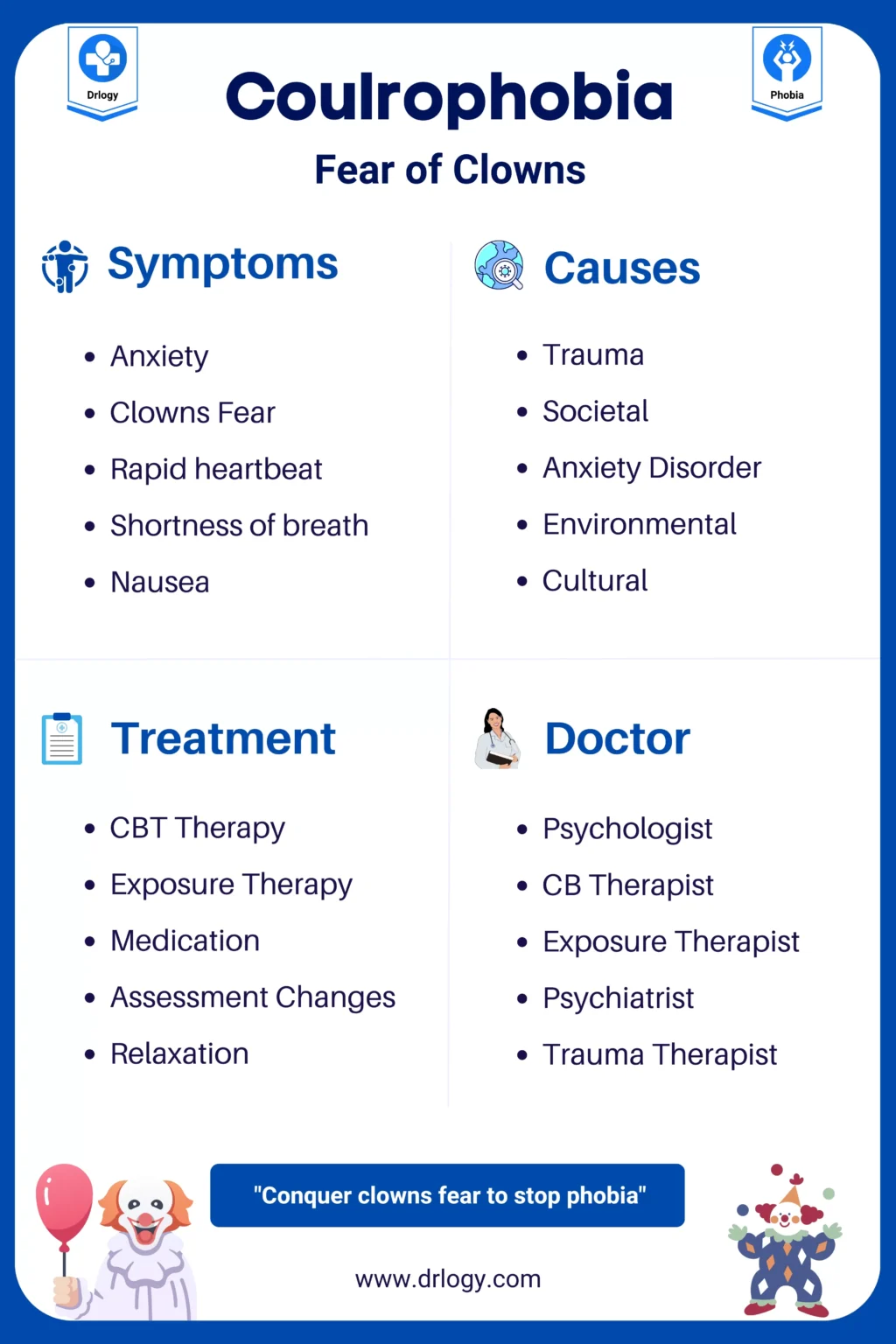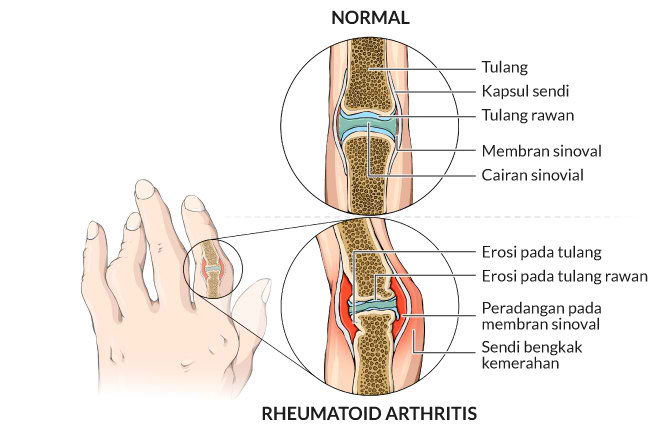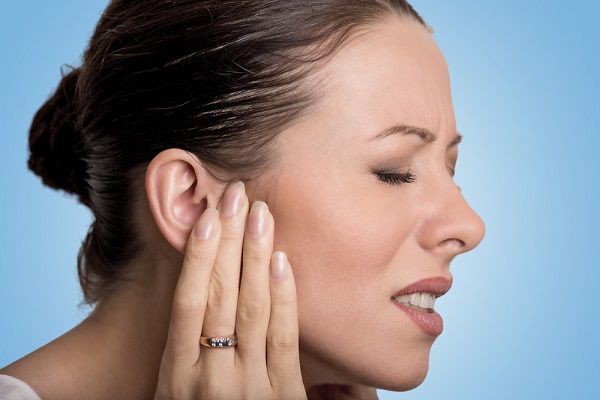
Coulrophobia, the intense and often irrational fear of clowns, is a specific phobia that affects a significant portion of the population worldwide. While clowns are traditionally associated with entertainment, humor, and childhood festivities, for some individuals, their exaggerated features, unpredictable behavior, and painted faces evoke feelings of anxiety and terror. Understanding this fear, its symptoms, causes, and potential treatments is crucial for those affected and for mental health professionals aiming to provide effective support. This article explores the various facets of coulrophobia, shedding light on its impact on health and well-being, and offering insights into management and prevention strategies.
Understanding Coulrophobia: An Overview of Fear of Clowns
Coulrophobia is classified as a specific phobia, characterized by an excessive, persistent, and irrational fear of clowns. Unlike casual discomfort, this fear can trigger intense anxiety responses that interfere with daily functioning. Historically, clowns have been symbols of joy and entertainment, but their exaggerated features and unpredictable antics can sometimes be perceived as threatening or unsettling, especially for certain individuals. The fear may develop during childhood and persist into adulthood, or it may emerge later in life due to personal experiences or cultural influences. Recognizing the nature of this phobia helps in understanding its prevalence and the reasons behind its development.
This phobia manifests in various ways, ranging from mild discomfort to full-blown panic attacks when encountering a clown or even images and videos of clowns. The underlying fear often involves concerns about unpredictability, loss of control, or perceived malevolence. The cultural portrayal of sinister or evil clowns in movies, literature, and media has further reinforced negative associations, contributing to the fear for many individuals. While some may avoid events featuring clowns altogether, others might experience anxiety even at the thought of encountering a clown in everyday settings. Overall, coulrophobia reflects complex psychological and emotional responses rooted in individual perceptions and experiences.
Coulrophobia is not officially classified as a distinct disorder in diagnostic manuals like the DSM-5, but it is recognized within the spectrum of specific phobias. Its prevalence varies across different populations and age groups, with some studies suggesting that up to 7% of children and a smaller percentage of adults experience significant fear of clowns. The fear can be particularly intense in children, who are more impressionable and sensitive to facial expressions and unfamiliar appearances. Cultural factors, media exposure, and personal encounters influence the severity and persistence of the phobia. Understanding the context and individual differences is essential for effective assessment and intervention.
The social and cultural context plays a significant role in shaping attitudes toward clowns and the development of coulrophobia. Horror films, stories of sinister clowns, and urban legends have contributed to a collective fear that sometimes amplifies individual anxieties. Conversely, positive childhood experiences with friendly and benign clowns can serve as protective factors, reducing the likelihood of developing a phobia. Recognizing the multifaceted nature of coulrophobia underscores the importance of a nuanced approach to understanding and addressing this specific fear in clinical practice.
Common Symptoms Associated with Coulrophobia
Individuals with coulrophobia often experience a range of physical, emotional, and behavioral symptoms when confronted with or even thinking about clowns. These symptoms are typical of anxiety responses and can vary in intensity depending on the individual’s level of fear and proximity to the feared stimulus. Physical symptoms may include rapid heartbeat, sweating, trembling, shortness of breath, dry mouth, and dizziness. Such physiological reactions are part of the body’s fight-or-flight response, preparing the individual to confront or escape perceived danger.
Emotionally, people with coulrophobia often report feelings of intense dread, terror, or panic when exposed to clowns. They may experience a sense of overwhelming anxiety, helplessness, or a fear of losing control. These emotional responses can be accompanied by feelings of nausea, chest tightness, or a sense of unreality (derealization). In some cases, the fear may be so profound that it triggers a full-blown panic attack, characterized by trembling, hyperventilation, and an urgent need to escape the situation. Such reactions can be distressing and may contribute to avoidance behaviors.
Behaviorally, individuals with coulrophobia tend to go to great lengths to avoid situations where they might encounter a clown. This avoidance can include staying away from circuses, parties, Halloween events, or media featuring clown imagery. In some instances, the fear leads to social withdrawal or difficulty participating in activities involving children or entertainment venues. The anticipation of encountering a clown can also cause significant anxiety, leading to hypervigilance or obsessive thoughts about potential encounters. These symptoms collectively impact the person’s quality of life and social functioning.
The severity of symptoms can fluctuate based on context, personal experiences, and the individual’s coping mechanisms. For some, the fear is manageable and only triggered by direct contact, while for others, it can be debilitating, causing significant distress and impairment. Recognizing these symptoms early is essential for seeking appropriate help and preventing the escalation of the phobia. The physical and emotional toll of coulrophobia underscores the importance of understanding its manifestations in affected individuals.
Causes and Contributing Factors of Coulrophobia
The development of coulrophobia can be attributed to a combination of genetic, psychological, and environmental factors. One primary cause is traumatic or negative experiences involving clowns during childhood. For some individuals, a frightening encounter with a clown, whether at a birthday party, circus, or media portrayal, can imprint a lasting fear. Such early adverse experiences often shape perceptions and emotional responses, leading to the development of phobias later in life.
Cultural influences and media representations also play a significant role in shaping attitudes toward clowns. Horror movies, books, and urban legends often depict sinister or malevolent clowns, reinforcing the idea that clowns are dangerous or untrustworthy. These portrayals can foster fear, especially among impressionable children who internalize these messages. Over time, this fear can evolve into a specific phobia, particularly when reinforced by personal or societal narratives.
Individual psychological factors, such as anxiety sensitivity, general predisposition to phobias, or underlying mental health conditions like social anxiety or post-traumatic stress disorder, can contribute to the development of coulrophobia. Some individuals might have a heightened tendency to interpret ambiguous stimuli negatively, making them more susceptible to fears of the unfamiliar or exaggerated faces. Additionally, cognitive biases, such as overestimating danger or perceiving clowns as threatening, can perpetuate the fear.
Biological factors, including genetic predisposition, may also influence the likelihood of developing coulrophobia. A family history of anxiety disorders or phobias can increase vulnerability, suggesting a hereditary component. Neurobiological research indicates that abnormalities in brain regions involved in fear processing, such as the amygdala, may predispose some individuals to specific fears, including that of clowns. These factors underscore the complex interplay of nature and nurture in the etiology of coulrophobia.
Understanding the causes and contributing factors is vital for tailoring effective interventions. Recognizing that both personal experiences and cultural influences shape this fear allows mental health professionals to develop comprehensive treatment plans. Prevention efforts can also focus on addressing misconceptions and fostering positive associations with clowns, especially in childhood, to reduce the risk of developing severe phobias later in life.
The Psychological Basis Behind Fear of Clowns
The fear of clowns, or coulrophobia, is rooted in complex psychological mechanisms involving perception, cognition, and emotional regulation. At its core, the fear often stems from the incongruity between the clown’s exaggerated features and the individual’s expectations of normal facial expressions. This mismatch can trigger feelings of unease or suspicion, especially when combined with unpredictable behavior. The brain’s threat detection systems interpret these cues as potential danger, activating fear responses.
Cognitive biases play a significant role in maintaining coulrophobia. Individuals may overgeneralize negative experiences or media portrayals, leading to a persistent belief that all clowns are dangerous or malevolent. This cognitive distortion reinforces avoidance behaviors and heightens anxiety when faced with stimuli associated with clowns. Additionally, the tendency to catastrophize—anticipating worst-case scenarios—can amplify fear and distress. These thought patterns create a self-perpetuating cycle of anxiety and avoidance.
From a developmental perspective, children are particularly susceptible to developing specific fears like coulrophobia because of their evolving perception of safety and trust. If a child perceives a clown as frightening or experiences a negative encounter, the fear can become ingrained through classical conditioning. The association of the clown’s appearance with fear or distress leads to conditioned responses that persist into adulthood. Moreover, observational learning—seeing others react fearfully to clowns—can also reinforce the fear response.
Psychologically, coulrophobia can also be linked to deeper issues such as trust, control, and the uncanny valley phenomenon. The uncanny valley refers to the discomfort or eeriness experienced when something appears human-like but is not quite right, as seen in highly exaggerated or painted faces. Clowns often evoke this sense of eeriness, which can trigger subconscious fears related to the unknown or the unpredictable. These underlying psychological factors contribute to the persistence and intensity of the fear.
Understanding the psychological basis of coulrophobia is essential for developing targeted therapeutic interventions. Cognitive-behavioral therapy (CBT), for example, aims to modify distorted thoughts, reduce avoidance behaviors, and desensitize individuals to clown-related stimuli. Recognizing the cognitive and emotional processes involved helps clinicians tailor treatments that address not just the fear but also the underlying beliefs and perceptions driving it.
Recognizing the Signs of Coulrophobia in Individuals
Identifying coulrophobia in individuals requires careful observation of behavioral, emotional, and physiological cues. People with this specific fear often exhibit clear signs of distress when exposed to clowns or even images and representations of them. These signs may manifest immediately upon encountering a clown or may occur in anticipation of such encounters. Recognizing these signs early can facilitate timely intervention and support.


